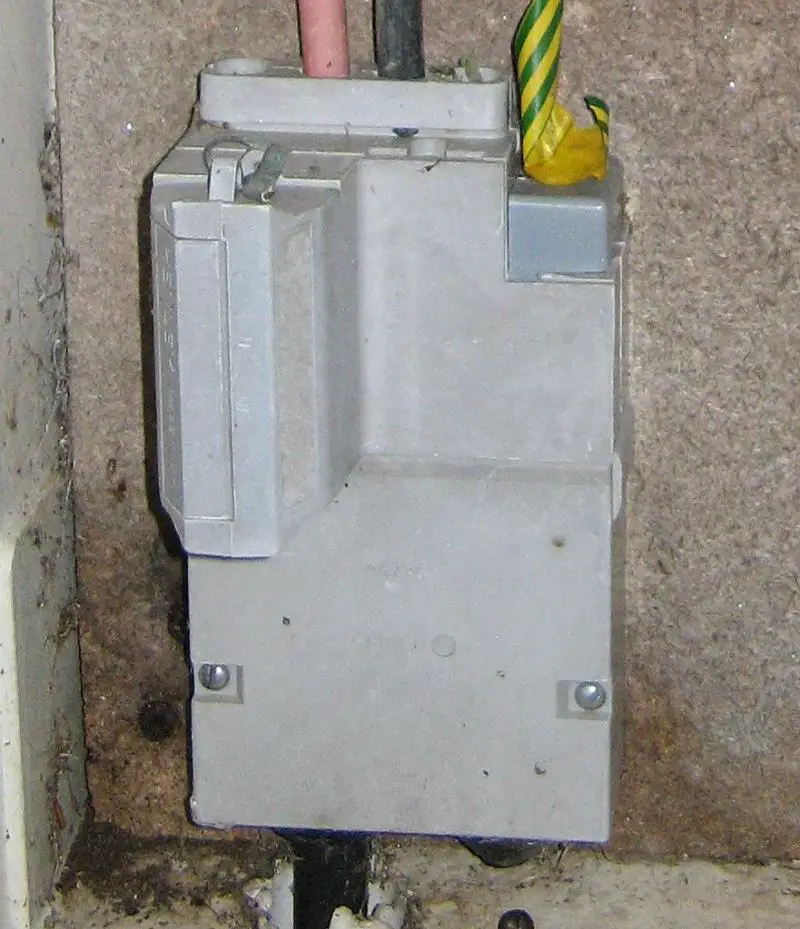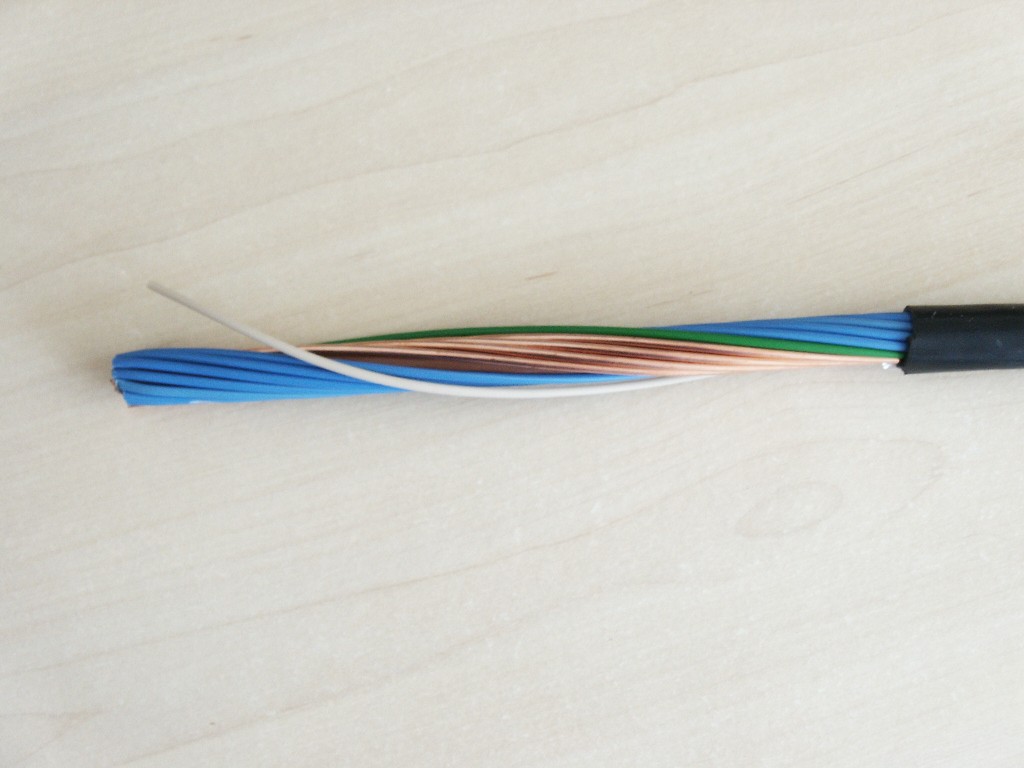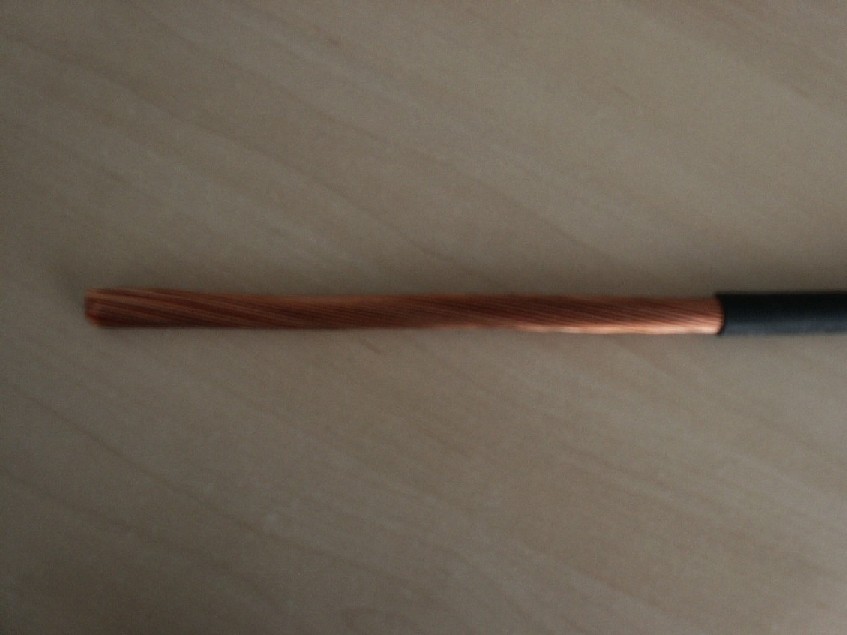Hi,
I'm trying to confirm what sort of earth we have, and the information seems to be conflicting. We're supplied by overhead 11kV, two lines on our poles separating from a 3 phase line 1/2 mile away. These feed our transformer which serves only us. The Hydro Board guy who came round to trace cable routes for us described the service cable as being a central live conductor surrounded by strands some of which are insulated N, and some uninsulated Earth, which would be separated into N and E connections at our end. He also described how the earth is referenced to an earthing cable from the foot of the transformer pole. So far that sounds as if we're fed by separate N and E conductors. It also sounds to me as if the supply can't be PME as there's only one E to N connection, at the foot of our pole. Am I on the right lines?
The conflicting information is the electrical certificate from a re-wire, which has the supply classed as TN-C-S.
Is it possible to tell by looking at the connection? It seems to me that they can't both be correct. Let me know if you need to see a different bit of the supply.
Thanks, Tony S
I'm trying to confirm what sort of earth we have, and the information seems to be conflicting. We're supplied by overhead 11kV, two lines on our poles separating from a 3 phase line 1/2 mile away. These feed our transformer which serves only us. The Hydro Board guy who came round to trace cable routes for us described the service cable as being a central live conductor surrounded by strands some of which are insulated N, and some uninsulated Earth, which would be separated into N and E connections at our end. He also described how the earth is referenced to an earthing cable from the foot of the transformer pole. So far that sounds as if we're fed by separate N and E conductors. It also sounds to me as if the supply can't be PME as there's only one E to N connection, at the foot of our pole. Am I on the right lines?
The conflicting information is the electrical certificate from a re-wire, which has the supply classed as TN-C-S.
Is it possible to tell by looking at the connection? It seems to me that they can't both be correct. Let me know if you need to see a different bit of the supply.
Thanks, Tony S




